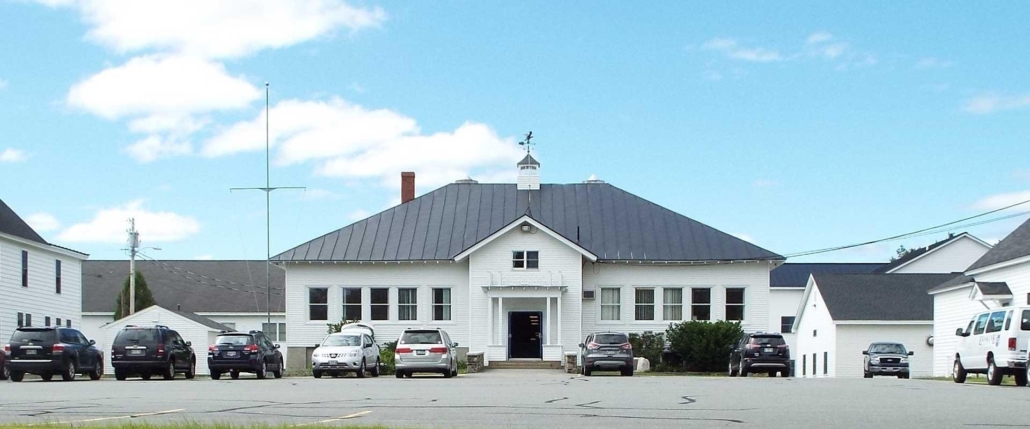
Erskine Academy
Note: part of this article, like part of last week’s, was first written in September 2021.
Yet another private high school in China, Erskine Academy, opened in September 1883 and is thriving today. The China bicentennial history gives a detailed account of its origins: it became a private academy because China voters at the beginning of the 1880s refused to accept donated money for a public high school.
As the history tells the story, Mary Erskine inherited her husband Sullivan’s considerable wealth when he died in 1880. She consulted John K. Erskine, Sullivan’s nephew and executor, about ways to use the money. (The history says she had no children; on-line sources say Mary and Sullivan had a son, born in 1832 – perhaps died or estranged by 1880? – and a daughter, by 1880 married with three children.)
John Erskine, who regretted his own lack of educational opportunity, suggested endowing a high school in the Chadwick Hill school district, south of South China Village. Mary Erskine agreed, and at a Nov. 13, 1880, special town meeting, voters accepted a $1,500 trust fund for a free high school.
At the annual meeting in March, 1881, voters reversed the decision and told the town treasurer to return the money. In March 1882, school supporters presented an article again offering the $1,500 and “specifying that the town would not pay for providing the school building.” Voters passed over it (did not act).
A month later, a group of supporters asked the Erskines to let them establish a private high school. Mary Erskine approved and helped organize a board of trustees headed by renowned Quaker, Eli Jones.
John K. Erskine was the trustees’ vice-president, Dana C. Hanson secretary and Samuel C. Starrett treasurer. Hanson and Starrett were China selectmen in 1876 and 1877 and again, significantly, in 1881 and 1882.
The trustees “bought the seven-acre Chadwick common from A. F. Trask for $100.” (Wikipedia says the campus is now about 25 acres.) Mary Erskine donated $500 for a building.
Starrett encouraged the owners of a disused Methodist church on the common to sell it at auction. They did, and he bought it for $50.
The trustees had the building moved to the center of the lot and turned into a schoolhouse. “A bell tower and other necessary buildings” were added, and Mary Erskine donated a bell and furnishings in the spring of 1883.
The trustees organized a “tree-planting picnic:” area residents were invited to bring a picnic dinner and a tree. The China history says the grounds gained about 250 trees. A “very happy” Mary Erskine attended Erskine High School’s opening day in September 1883.
Erskine started with two teachers, one also the principal, and “more than 50 students.” The teachers were Colby College graduate, Julia E. Winslow, and Castine Normal School graduate, William J. Thompson.
As Henry Kingsbury finished his Kennebec County history in 1892, he wrote that at “the Erskine School” “under the principalship of William J. Thompson, many young people are receiving a serviceable article of real learning.”
Thompson, Kingsbury said, was born in Knox County and taught in South Thomaston and Searsport before becoming Erskine’s first principal in 1883. The school “has flourished under his management,” Kingsbury wrote.
The China history says in 1885, Carrie E. Hall, from East Madison, succeeded Winslow. In May 1887, Thompson and Hall married; both taught at Erskine until Carrie died “in the spring of 1900.”
Her widower stayed as principal until 1902, and lived until 1949. Find a Grave says both were born in 1860, and both are buried in Chadwick Hill cemetery, near Erskine Academy.
The school initially ran two 11-week terms a year, and in some years “a shorter summer term.” The history lists 16 courses: “reading, grammar, elocution, arithmetic, algebra, history, geography, natural philosophy, bookkeeping, ancient languages (Latin and Greek), botany, geology, astronomy, and anatomy and physiology.”
By 1887, increased enrollment required a third teacher, not named in the China history. The building “was raised ten feet to make room for more classrooms underneath.”
Students from Chadwick Hill and other school districts came and went by the term, not the year. Therefore, the history says, it was not until 1892 “that four students finished four years apiece so that the first formal graduation could be held.”
Trustees had a dormitory for girls built in 1900 and “later” (the history gives no date) one for boys. Students who roomed on campus “brought their own food and fuel from home and prepared their own meals,” the history says.
In 1901 the Maine legislature incorporated the school as Erskine Academy and approved an annual $300 appropriation.
The China history says after 1904, Erskine Academy and China Academy, in China Village (see last week’s article), became China’s town-supported high schools. Town Superintendent Gustavus J. Nelson (1896 and 1897, 1899 to 1901 and 1903 through 1907) came to a financial agreement with the Erskine trustees, and “the trustees accepted Dr. Nelson’s ideas about such matters as curriculum and entrance examinations.”
In the fall of 1904, the history says, “three local students passed the superintendent’s entrance examination, and ten more were admitted conditionally.”
China Academy closed in 1909, leaving Erskine China’s only high school. For reasons the bicentennial history does not explore, Erskine’s enrollment went down so dramatically in early 1913 that the State of Maine downgraded it to a Class B school (two instead of four years, a single teacher instead of two or more).
In the fall of 1913 Erskine had 16 students. The history says enrollment doubled to 32 by February 1914, “and the one teacher was overworked.” The state restored a Class A rating in 1915, and enrollment continued to climb: 46 students in the fall of 1916, 50 in 1919, with a record entering class of 26 and three teachers “for the first time in many years.”
More students needed more space; the history credits relatives of the Erskines, Mr. and Mrs. Clarence Ford, from Whitefield, with buying a nearby house and turning it into a boys’ dormitory, named Ford Cottage. Another house became the Erskine Cottage Annex, housing “four girls and a teacher.”
A fire destroyed Erskine’s original school building on Nov. 5, 1926. Fortunately, Ford gymnasium had opened in November 1925; the bicentennial history says classes were held there until a new classroom building was ready in 1936.
The history also says Mary Erskine’s bell was saved from the fire and “mounted on campus.” In the fall of 1971, someone stole it.
Erskine Academy’s website says the school has been a nonprofit organization since 1974. It explains that tuition paid by the eight towns from which most of its students come does not cover costs, so tax-deductible donations are welcome.
The eight towns are listed as Chelsea, China, Jefferson, Palermo, Somerville, Vassalboro, Whitefield and Windsor. Erskine also accepts privately-paid students and, the website says, international students.
China school students who became college presidents
Kingsbury named two men who attended China schools (at least elementary schools) and later became college presidents: Stephen A. Jones and George F. Mosher.
Stephen A. Jones was the second president of what Kingsbury called Nevada State College (later University of Nevada at Reno, according to on-line information) from 1889 to 1894.
During his tenure, the “faculty increased to 15 members… and enrollment grew to 179 in his final year as president.” He oversaw the school’s first graduation, in 1891.
The Jones genealogy in the China bicentennial history includes Stephen Alfred Jones, oldest son of Alfred H. Jones and Mary Randall (Jones) Jones (they were second cousins), of China. Alfred Jones taught in freedmen’s schools in Virginia and North Carolina.
Stephen went to the Providence, Rhode Island, Friends School and then to Dartmouth, from which he graduated in 1872, “receiving both MA and PhD from that institution.”
Married to Louise Coffin, he taught Latin and Greek at William Penn College in Iowa, where their older son was born; and then studied in Bonn, Germany, where their younger son was born. After heading the University of Nevada, the genealogy says, he retired to San Jose, California, returning at intervals to visit China relatives.
The genealogy calls Stephen “a good teacher,” with “excellent literary qualifications” who had “excellent results” when he taught in Branch Mills in 1865. It quotes a biographical cyclopedia saying his “large stature and commanding presence, pleasant but firm,…won the respect and confidence of his students and had a strong influence over them.”
* * * * *
George F. Mosher was the seventh president of Hillsdale College in Hillsdale, Michigan, from September 1886 to 1901. A Phi Beta Kappa graduate of Bowdoin, he was a nurse during the Civil War, and served “in a German consulate” before coming to Hillsdale.
An on-line list of Hillsdale presidents says “Mosher’s years as president were a period of particularly high academic achievement. Hillsdale was widely known as one of the strongest small colleges in the Midwest.”
*****
A digression: Hillsdale’s first president, Daniel McBride Graham (1817-1888), was an Oberlin College graduate who served Hillsdale, then Michigan Central College in Spring Arbor, from its opening in 1844 to 1848. It started with “only five students in a small, deserted, two-room store.”
In 1848, Graham resigned “to become a pastor in Saco, Maine.” In 1855, the school moved about 25 miles to Hillsdale and changed its name.
Graham returned to become the school’s fourth president from 1871–1874. The list of presidents says: “Facing almost total destruction of the campus by fire, Graham led the rebuilding of the campus during the 1873 financial panic.”
Spring Arbor is now home to a private Free Methodist university described on line as “the second-largest evangelical Christian university in Michigan.”
Main sources
Grow, Mary M., China Maine Bicentennial History including 1984 revisions (1984)
Kingsbury, Henry D., ed., Illustrated History of Kennebec County Maine 1625-1892 (1892)
Websites, miscellaneous.


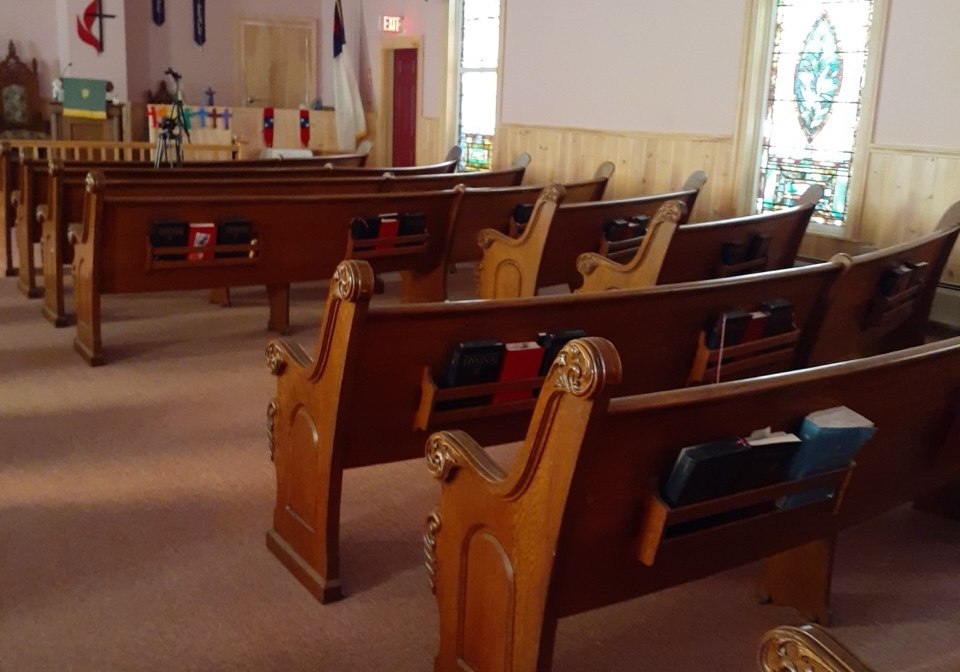
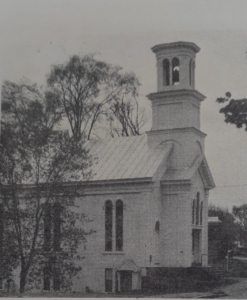
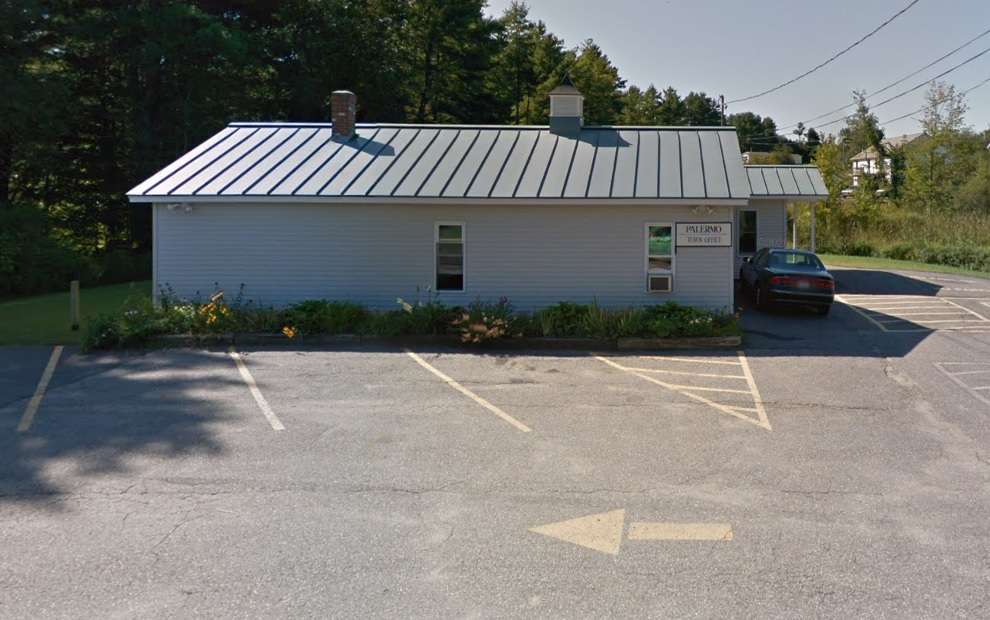 The Palermo Planning Board will meet Thursday, February 13, 2025, at the Palermo Town Office, at 6 p.m. Purpose – to conduct official review of plans for the proposed Pine Hill subdivision on Hostile Valley Road, Tax Map R11, Lot 27C.
The Palermo Planning Board will meet Thursday, February 13, 2025, at the Palermo Town Office, at 6 p.m. Purpose – to conduct official review of plans for the proposed Pine Hill subdivision on Hostile Valley Road, Tax Map R11, Lot 27C.
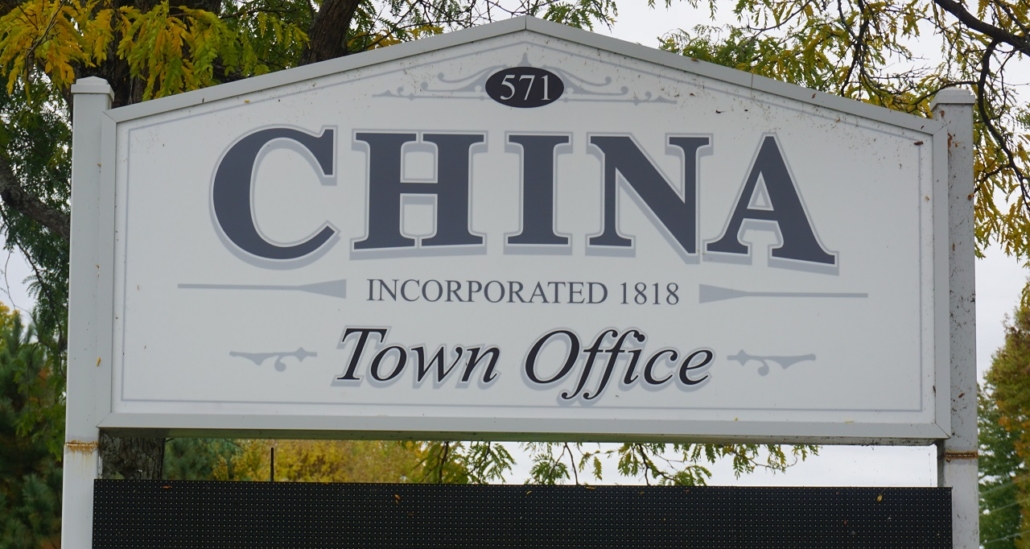
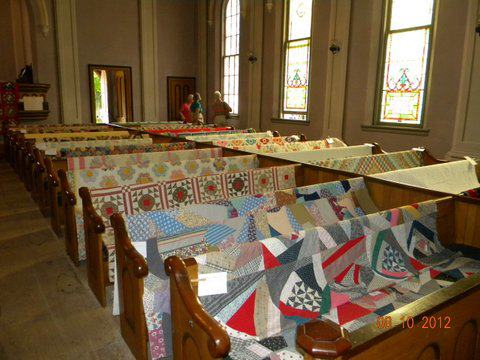



 The Waterville Opera House (WOH) kicks off its 2025 theatrical season January 31 – February 9, with The Cottage, a hilarious new comedy by Sandy Rustin.
The Waterville Opera House (WOH) kicks off its 2025 theatrical season January 31 – February 9, with The Cottage, a hilarious new comedy by Sandy Rustin. Kennebec Performing Arts Company resumed rehearsals the week of January 26 in preparation for its spring concerts, which are scheduled for May 2 and 3. KPAC welcomes experienced and committed musicians to join the groups, with open enrollment continuing through February. From the rehearsal process through the seasonal performances, the KPAC groups aim for the highest standards in rehearsal etiquette, routine and practice. All vocalists and instrumentalists must be able to read music and be proficient in the technical aspects of performance.
Kennebec Performing Arts Company resumed rehearsals the week of January 26 in preparation for its spring concerts, which are scheduled for May 2 and 3. KPAC welcomes experienced and committed musicians to join the groups, with open enrollment continuing through February. From the rehearsal process through the seasonal performances, the KPAC groups aim for the highest standards in rehearsal etiquette, routine and practice. All vocalists and instrumentalists must be able to read music and be proficient in the technical aspects of performance.